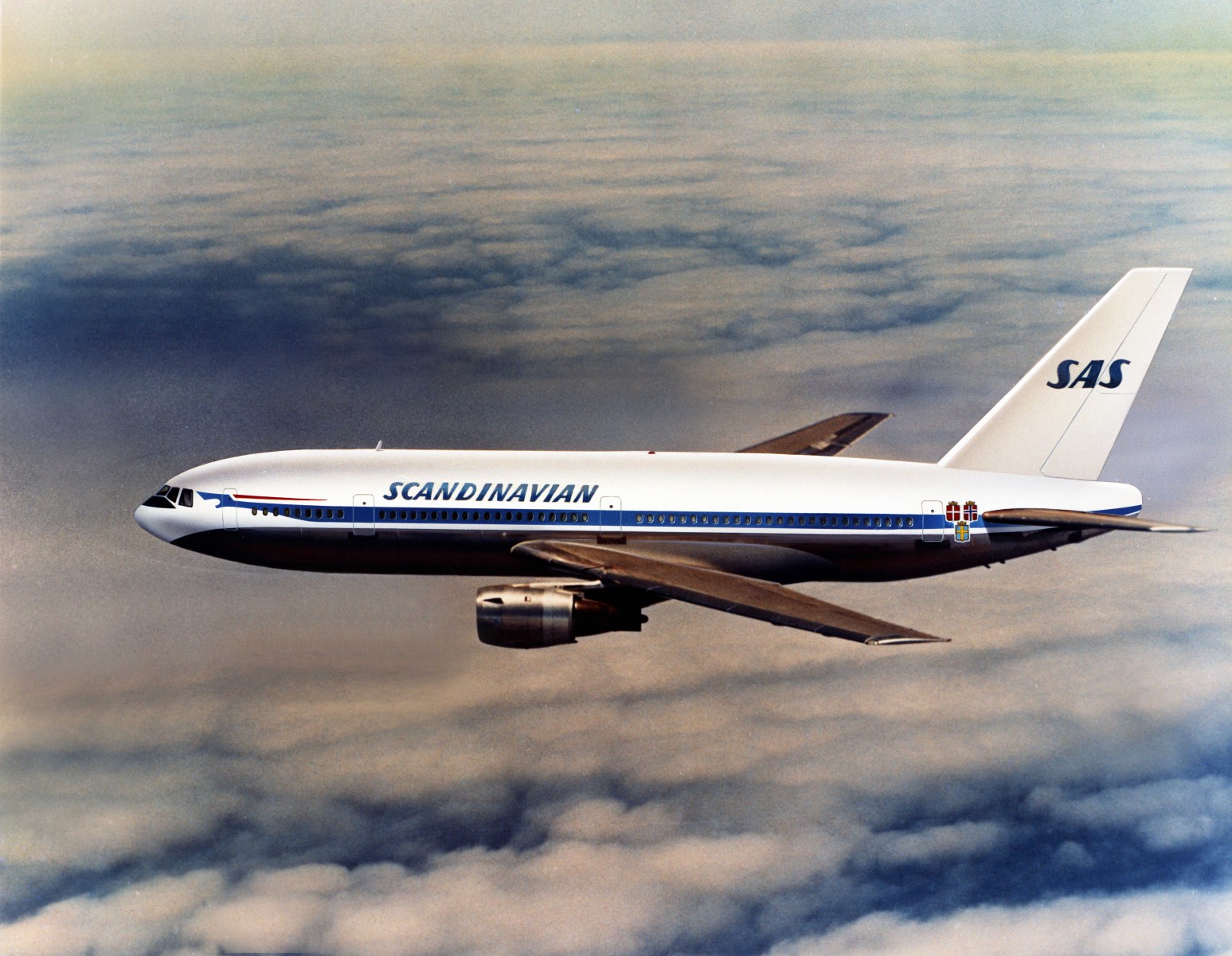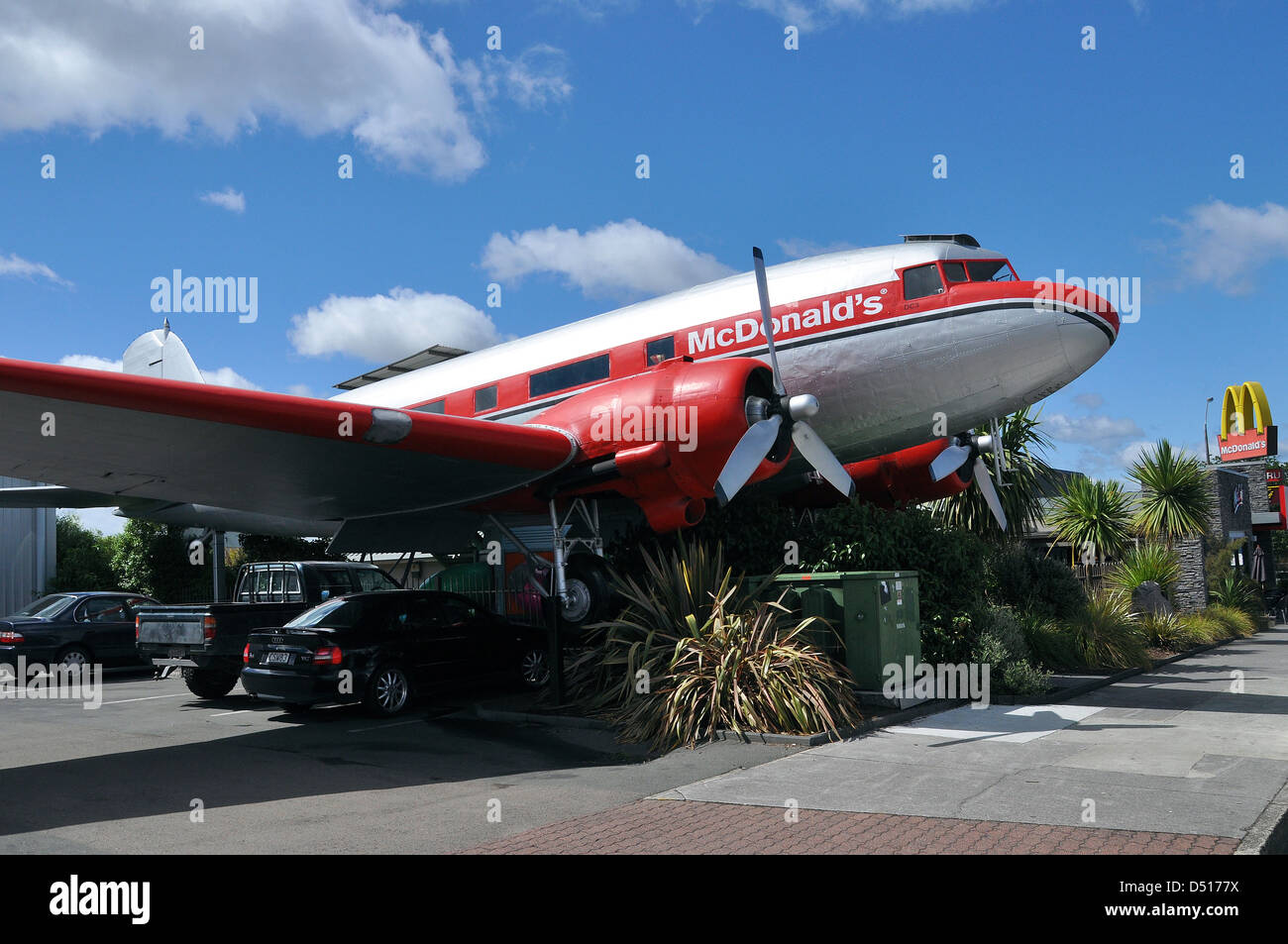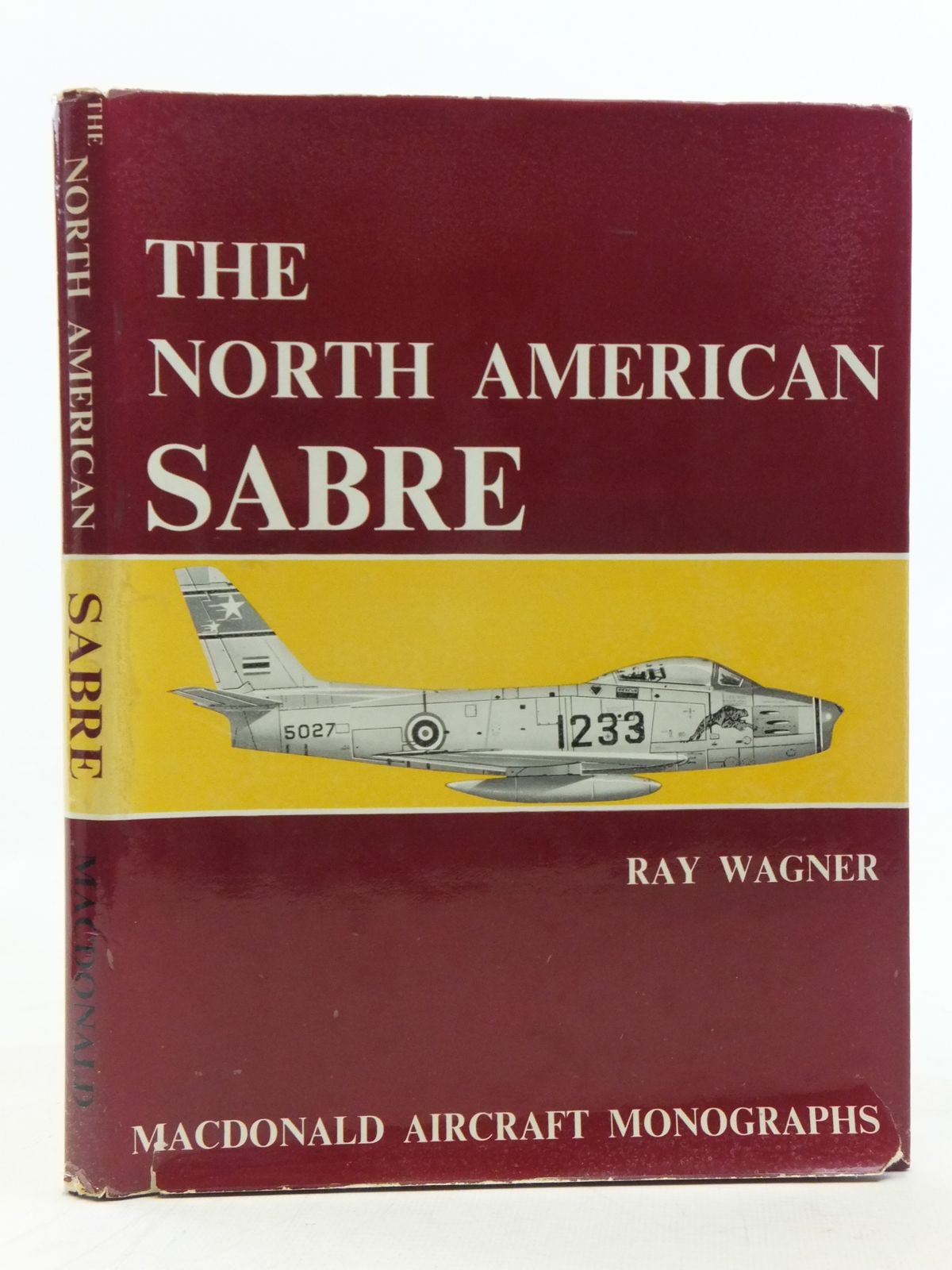Macdonald Aircraft - Journalist - With almost a decade of experience in the publishing sphere, Justin has built up a deep understanding of the issues facing aviation today. With a keen interest in route development, new aircraft, and loyalty, his extensive travels with airlines such as British Airways and Cathay Pacific have given him a profound direct understanding of industry matters.
Based in Hong Kong and Darlington, UK. It was the ability to operate at high altitudes that proved to be the F2H's most valued trait. When the controversy over the Air Force's B-36 bomber erupted during the late-1940s, the high-altitude capability of the F2H was a key point in the Navy's argument against the claimed invincibility of the strategic bomber.
Macdonald Aircraft

That same performance also served well in the skies over Korea, where Banshees were the aircraft of choice for top cover escort of Air Force B-29 raids into North Korea. Advanced versions of the F2H continued to serve as the fleet's primary all-weather carrier fighter until 1959.
Mcdonnell And Douglas - Back To The S
The personnel and cultural integration of the two companies was, of course, a major change. Bringing thousands of people together from two competing companies is never easy (in fact, it was from three companies, as Boeing acquired Rockwell around the same time).
In an interview in 2000 with The Economist, then-President Philip Condit explained how, in his view, such integration was still only partially complete: McDonnell Aircraft and Douglas Aircraft began to sound each other out about a merger.
Inquiries began in 1963; Douglas offered bid invitations from December 1966 and accepted that of McDonnell. The two firms were officially merged on April 28, 1967 as the McDonnell Douglas Corporation (MDC). In 1967, with the merger of McDonnell and Douglas Aircraft, Dave Lewis, then president of McDonnell, was named chairman of what was called the Long Beach, Douglas Aircraft Division.
Lewis managed the turnaround of the division. Douglas had already gone up against Boeing with the DC-8. The DC-10 was planned to continue this and also compete strongly with the Lockheed L-1011 TriStar. With cash available, the merged company started production of the DC-10 in 1968, and it went on to outsell the L-1011.
Huge Contributions To Aviation And Competition
Jim McDonnell founded J.S. McDonnell & Associates in Milwaukee, Wisconsin in 1928 to produce a personal aircraft for family use.[1] The economic depression from 1929 ruined his plans and the company collapsed. He went to work for Glenn L. Martin.
He left in 1938 to try again with his own firm, McDonnell Aircraft Corporation, based near St. Louis, Missouri, in 1939.[2] Later aircraft switched to the renamed 'MD' series. The MD-80 (developed from the DC-9) first flew in 1980 with Swissair.
Evolving through several variants, it remained in production until 1999 and was a serious competitor to the Boeing 737 and A320 family. McDonnell made a number of missiles, including the pioneering Gargoyle and unusual ADM-20 Quail, as well as experimenting with hypersonic flight, research that enabled them to gain a substantial share of the NASA projects Mercury and Gemini.
The company was now a major employer, but was having problems. With no civilian side of the company, every peacetime downturn in procurement led to lean times at McDonnell. The story of McDonnell Douglas starts with two much older manufacturers.
Lasting Legacy
The Douglas Aircraft Company was formed in 1921 and was a major contributor to US aviation's early development. This included the first aerial circumnavigation of the world in 1924, using a Douglas World Cruiser aircraft. Douglas was a major military aircraft supplier during the Second World War and developed the series of DC commercial aircraft.
From the 1970s to the 1990s, McDonnell Douglas made a leading contribution to aircraft development. Boeing, of course, was well established by the 1970s with the 7X7 series. Airbus, of course, the other leading manufacturer alongside Boeing today, was only just starting at that time.

In 1943, McDonnell began developing jets when they were invited to bid on a US Navy contest and eventually built the successful FH-1 Phantom in the post-war era. The Phantom introduced McDonnell's telltale design with engines placed forward under the fuselage and exiting just behind the wing, a layout that would be used successfully on the F2H Banshee, F3H Demon, and the F-101 Voodoo.
Dave Lewis joined the company as Chief of Aerodynamics in 1946. He led the development of the legendary F-4 Phantom II in 1954, which was introduced into service in 1960. "It takes time. After all, they were bitter rivals. Each lot thought, since our product was better (human nature) when the other guy won it was only by playing dirty.... t's not about making everybody from McDonnell Douglas,
Boeing or Rockwell happy, it's about making one new Boeing company with the best people in the best place." Lewis became Executive Vice President in 1958, and finally became President and Chief Operating Officer in 1962. Lewis went on to manage Douglas Aircraft Division in 1967 after the McDonnell Douglas merger.
In 1969, he returned to St. Louis as President of McDonnell Douglas. The F2H Banshee was McDonnell Aircraft Corporation's successor to the FH-1 Phantom, the Navy's first pure jet. Bearing a resemblance to its predecessor, the F2H outpaced it in performance, improving its maximum speed by more than 50 mph and nearly doubling the range.
As for aircraft, production of the MD-11 was soon ended (this made little sense against Boeing's widebody offering). The smaller variant of the MD-90, the MD-95, was retained, though. This became the Boeing 717 and gave Boeing a new offering in the smaller jet category.
The McDonnell Aircraft Corporation was an American aerospace manufacturer based in St. Louis, Missouri. The company was founded on July 6, 1939 by James Smith McDonnell, and was best known for its military fighters, including the F-4 Phantom II, and manned spacecraft including the Mercury capsule and Gemini capsule.

McDonnell Aircraft later merged with the Douglas Aircraft Company to form McDonnell Douglas in 1967. Development costs for the DC-10, along with commitments to the Vietnam War, were taking their toll. The solution was a merger deal with McDonnell - taking several years to negotiate, it came into effect in April 1967.
Interestingly, there was an attempt from McDonnell Douglas to go even larger. The 1980s and 1990s saw a lot of excitement around larger aircraft. Boeing, of course, had great success with the 747, and Airbus launched the A380 to take the concept further.
McDonnell Douglas proposed the MD-12 in the early 1990s as its twin deck option. Despite interest from airlines, there were no orders. McDonnell Aircraft Corporation had a different focus. It was formed in 1939 and developed a series of military aircraft and contributions to the US space program.
Like Douglas, it grew significantly during the Second World War, and this continued after - including the development of the popular Phantom II fighter. McDonnell Douglas was a leading US manufacturer from 1967 until 1997. Its history, though, is more complicated than that, coming together from the merger of the two much older manufacturers and going on to merge with Boeing.
It has played a significant role in aircraft and aviation development, competing in many ways over its lifetime. Accepted by the Navy on 24 July 1953, the Museum's F2H-4 (Bureau Number 126419) served in many Marine and Navy fighter and all-weather fighter squadrons and made a deployment in the carrier Coral Sea (CVA-43).
Stricken from the active naval aircraft inventory in May 1962, it was assigned to the Naval Air Technical Training Center at Jacksonville, Florida, and transferred to the Museum in 1970. Acquisition of the F2H began in August 1948, and the aircraft began entering squadron service the following year.

Banshees were capable of cruising on one engine at altitude and were very stable in operations aboard ship. They had two adverse traits, however, in that the tail section was particularly vulnerable to any stress loads beyond the manufacturer's g-load limits, and the landing gear was very fragile, precluding carrier arrested landings above recommended landing weights.
Once a pilot dumped excess fuel to achieve maximum permissible weight, he was limited in passes at the deck, not a pleasant situation under adverse weather conditions. And for a lasting reminder of Douglas Aircraft and McDonnell Douglas, take a look at Boeing's current logo.
It was changed after the merger to integrate the two companies' previous logos. The retained globe image still reminds us of Douglas' early achievement in aerial circumnavigation. Douglas Aircraft, McDonnell, and McDonnell Douglas have played an important part in aviation and aircraft evolution for 100 years.
There is plenty to discuss about their contributions. Feel free to share your thoughts in the comments. McDonnell Douglas would later merge with Boeing in August 1997.[5] Boeing's defense and space division is based in St.
Louis, Missouri, USA, and is responsible for defense and space products and services. McDonnell Douglas' legacy product programs include the F-15 Eagle, AV-8B Harrier II, F/A-18 Hornet and F/A-18E/F Super Hornet. The successor to McDonnell's FH-1 Phantom, the F2H Banshee proved to be a fast and capable high-altitude fighter, making it the aircraft of choice to escort B-29 bombers over Korea.
The airplane's official nickname derived from the fact that its engines "screamed like a banshee." To its pilots, however, it was affectionately called the "Banjo." Approval for the merger was granted, despite concerns from the European Commission over strengthening Boeing's position in supplying large jets.

As concessions, Boeing agreed to cease exclusive supply deals and also to license patents to other manufacturers. The merger, of course, was not just about commercial aircraft. Boeing and McDonnell were also leading players in the defense sector, competing strongly with Lockheed Martin.
World War II was a major boost to the new company. It grew from 15 employees in 1939 to 5,000 at the end of the war and became a significant aircraft parts producer, and developed the XP-67 Bat fighter prototype.[3]
McDonnell also developed the LBD-1 Gargoyle guided missile.[4] McDonnell Aircraft suffered after the war with an end to government orders and a surplus of aircraft, and heavily cut its workforce. The advent of the Korean War helped push McDonnell into a major military fighter supply role.
It suffered several problems with safety and efficiency, though, and McDonnell Douglas only sold 200 aircraft. The Airbus A340, in comparison, managed 375 deliveries, and even that is often considered a partial failure (although from Airbus' point of view, it was mitigated by joint development alongside the A330).
With less focus on efficiency, the MD-11 found more success in use with cargo airlines, where it remains popular today. The merger had come about due to Douglas' struggles at the time. But it made sense for both companies going forward.
Douglas had strong commercial orders, and McDonnell brought revenue to service these. McDonnell had grown through military contracts but was exposed without a significant commercial operation. The MD-90 continued the narrowbody competition with Boeing and Airbus.
It offered a longer fuselage and more efficient engines to keep up with advances in the A320 family and the 737 Next Generation series. It launched with Delta Air Lines in 1995 but only had a short production run.
The shorter MD-95 variant was kept following the merger with Boeing to become the Boeing 717. This market has risen in importance recently with the slowdown seen in 2020 and into 2021. This is working well for regional manufacturers, such as Embraer.
And Airbus has done well with the A220. The 717, though, has been out of production since 2006, leaving Boeing out of the smaller jet market.
scott macdonald aircraft sales, scott macdonald aircraft sales florida, scott macdonald aircraft, macdonald aircraft company, mcdonnell douglas website, scott macdonald airplane sales, mcdonnell douglas employment, mac aircraft sales

0 Comments